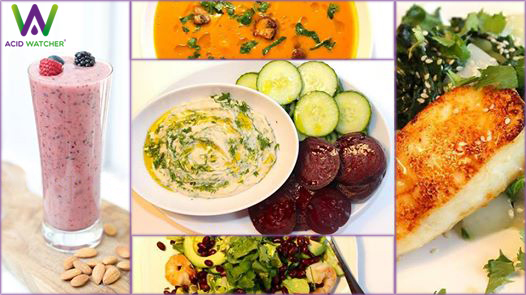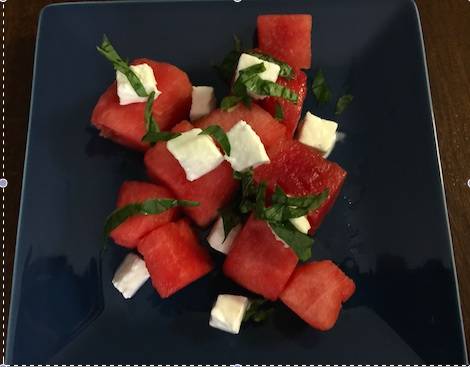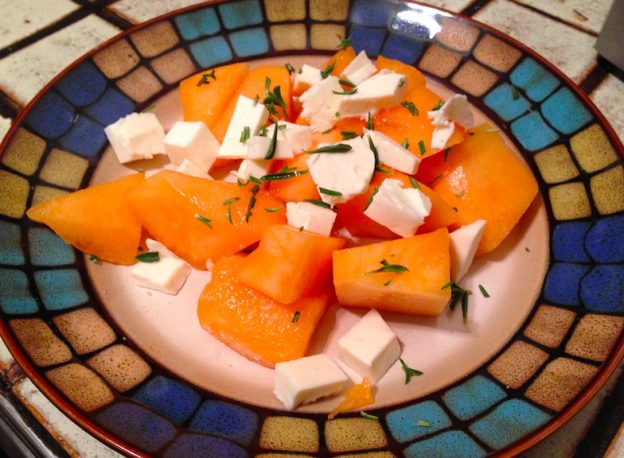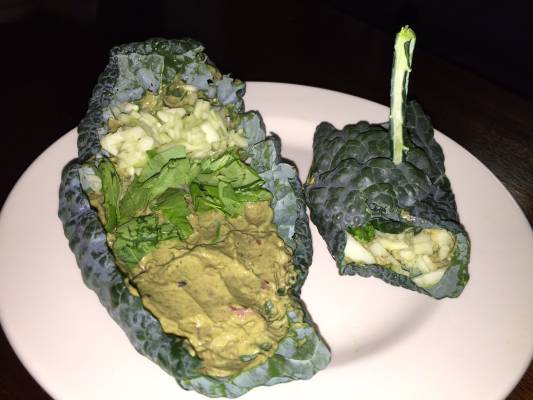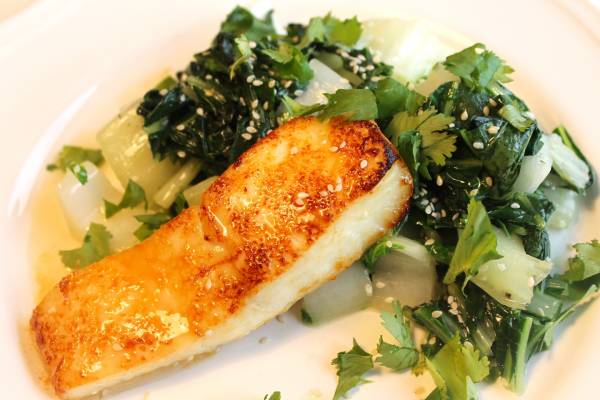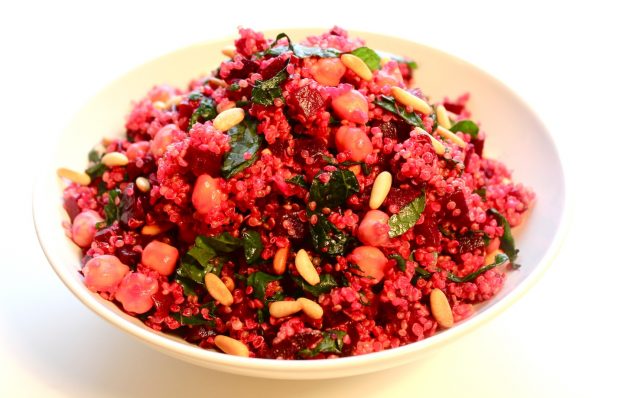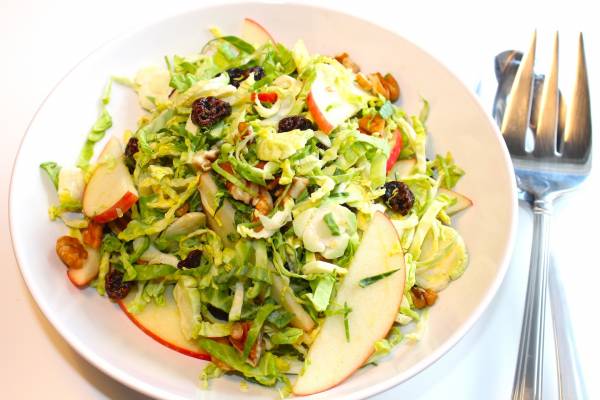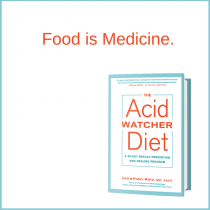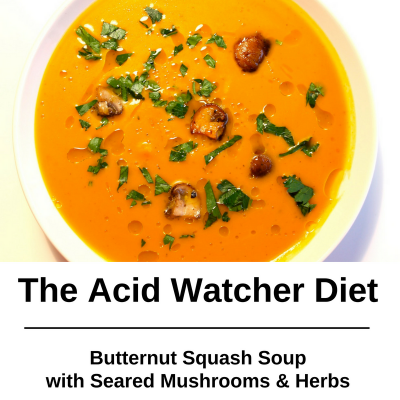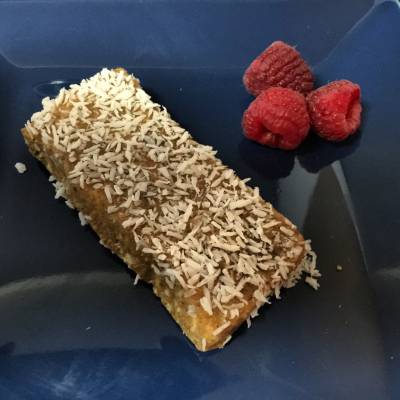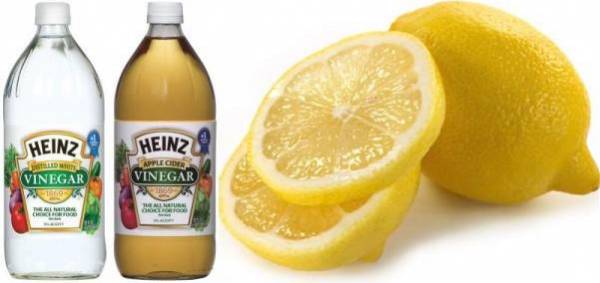The esophagus is a long flat muscular tube that connects the throat to the stomach. Before 1970, esophageal cancer (EC) was attributed predominantly to smoking cigarettes and alcohol abuse which resulted in a specific type of cancer known as squamous cell carcinoma. However, in the last forty years, a different type of esophageal cancer, known as adenocarcinoma, that due to acid reflux disease, has become predominant.
The incidence of esophageal adenocarcinoma was just four cases per million in 1975. By 2008, it had grown to an unprecedented 26 cases per million. This represents a 650% increase in incidence, making esophageal cancer the fastest growing cancer in America and Europe. During this same time, nearly all other cancers (e.g. breast, colon, prostate) have remained flat or decreased in incidence
Among the reasons for the dramatic shift from one type of esophageal cancer to another is the result of the coupling of two seemingly unrelated events, legislative intervention by our government and food industry changes.
a. Legislative intervention by our government– a little known Food and Drug Administration (FDA) law called Title 21, originating in the mid 1970’s, mandated that any food in a can or a bottle needs to be acidified to act as preservative to prevent food poisoning. The unintended consequence of Title 21 was that food items we all thought exceedingly safe, are now actually harmful. For example, take a tasty, healthy banana. The relative acidity of a banana is near neutral, however, baby banana food, in a bottle, is 100 hundred times more acidic than a whole banana. SO THE ACID INSINUATION INTO OUR LIFE BEGINS IN INFANCY!
b. Food Industry changes, specifically, the explosion of processed foods since the mid to late 1970’s. Not only do processed foods increase acidity, they are often themselves acidic. For example, SUGAR, around 1980, went from the more expensive cane and beet sugar to the less expensive corn-based sugar, in particular HIGH FRUCTOSE CORN SYRUP (HFCS). What’s the problems with HFCS? First, it has sulfuric acid in it. To make matters worse, the chemicals used in the processing have the physiological effect of loosening the muscle that separates the stomach from its adjacent organ, the esophagus, called the lower esophageal sphincter (LES), which can allow stomach acid to rise unchecked into the esophagus and throat.
Another example is SOFT DRINKS- in 1975 soft drinks surpassed coffee as America’s favorite beverage, and we never looked back. Soft drinks are the most acidic substances we consume, similar to our car’s battery acid. One of the great ironies we see nightly on television shows that feature singing and talent hopefuls is that often the only “prop” the judges have on their otherwise bare tabletop is a cup of branded cola (they certainly don’t have a bowl of carrots on their tabletops). So the substance that can injure vocal folds is widely advertised during shows about beautiful voices. It’s like having the tobacco companies sponsor the Olympics.
So the prevalence of processed foods in our diet in conjunction with the consequences of Title 21 has created the ideal climate for our current acid reflux epidemic setting in motion a perfect storm of conditions for the rapid growth of esophageal cancer.
Generally, most cases of esophageal cancer are detected too late, when the patient already experiences difficulty in swallowing because of a cancer blocking the esophagus. At that point, the cancer will have already reached an advanced stage. Regrettably, the average five-year survival rate at this stage is only 10-15%. However, by becoming knowledgeable about non-typical acid reflux symptoms, such as chronic cough, hoarseness, frequent throat clearing and a lump-like sensation in the throat, you give yourself the opportunity to detect pre-cancerous changes in the esophageal lining before it may become cancer.




